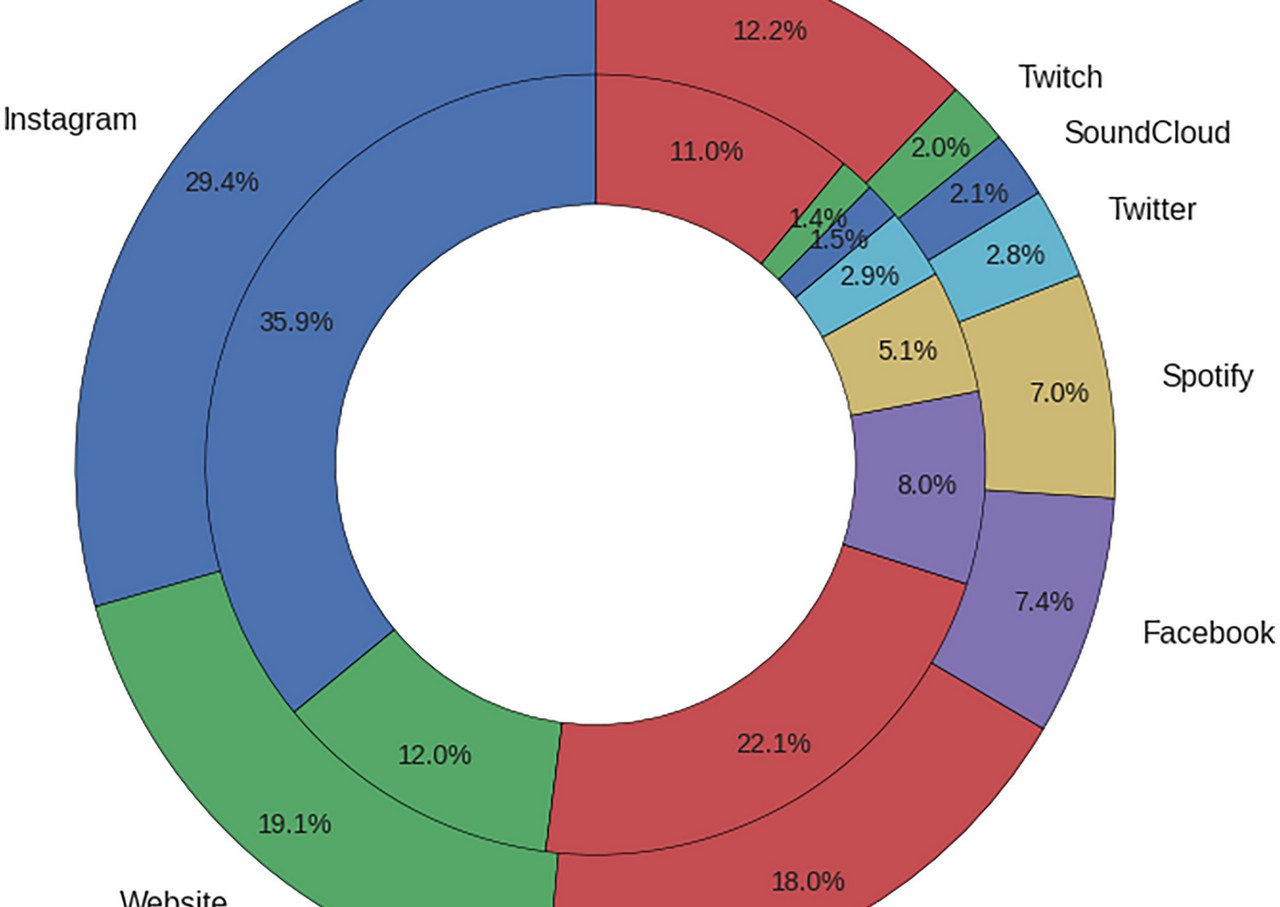A examine by the Universidad Carlos III de Madrid (UC3M) and IMDEA Networks analyzes pretend interplay companies on social media. Along with cataloging the fraudulent ecosystem of “likes,” views, followers or on-line visits, the examine factors out the financial fashions that maintain it and the excessive stage of personalization that these companies provide.
“There may be an in depth catalog of companies coated by pretend interplay resale panels. You should buy any type of interplay from any international or native service,” says one of many examine’s authors, Juan Tapiador, a professor in UC3M’s Laptop Science Division. One other conclusion reached by the researchers is the extent of “customization” of those companies.
For instance, for a lot of interactions (taking part in music, watching movies or “likes” on social media) you’ll be able to select the geographical origin of the account that may accomplish that and the gender (male or feminine). “A 3rd fascinating discovering is the disparity in costs between suppliers of the identical service, which means that that is nonetheless a creating market the place the market worth of this service is unknown,” provides Juan Tapiador.
Based on the examine’s outcomes, the most cost effective charges embody shopping for direct visitors to an internet site, getting “likes” on Instagram or getting views on multimedia platforms. For instance, 1000 “likes” on Instagram price 1.3 euros, whereas 2 euros can get 1,000 views on YouTube or 1,000 performs on Spotify.
Apparently, a number of companies are provided without spending a dime so prospects can verify their high quality and thus be satisfied to spend money on totally different ones. This manner, for lower than 9 cents you may get 1,000 views on TikTok, SoundCloud or Instagram/IGTV. Shopping for Instagram followers is costlier: for 4.3 euros you may get 1000. After which there are different costlier companies as a result of they contain some personalization, similar to evaluations on Google or TripAdvisor, which vary at round 1 euro per textual content.
As Narseo Vallina-Rodríguez, affiliate analysis lecturer at IMDEA Networks and one other of the work’s authors, says, “potential customers of such a service may be anybody relying on the kind of evaluation: from influencers who need to promote their channels on social media to manufacturers attempting to advertise the visibility of their merchandise.”
This examine, just lately printed within the journal Computer systems & Safety, is a part of a wider analysis mission on the ecosystem of companies that present pretend exercise and identification companies on the web. The purpose of this analysis is to quantify and analyze the evolution of the worldwide market worth of companies that (re)promote synthetic interactions on social media and content material distribution platforms, one thing that has not often been studied in educational literature, in line with the researchers.
Some platforms commonly present stories on what they name “inorganic habits,” particularly to report the quantity of deactivated accounts and the aim they served. Nevertheless, the full quantity of pretend interactions on present platforms is unknown.
Is there any option to detect this fraudulent use of social media? “Platform suppliers can implement proactive measures to detect and determine accounts used to generate pretend evaluations. Previously, efforts had been made to detect pretend accounts on social networks similar to Twitter, which had been very efficient and might be applied to deal with this downside. Nevertheless, it’s a very expensive effort,” explains Vallina-Rodríguez.
To hold out this examine, the researchers recognized a big pattern of interplay resale panels (greater than fifty) and picked up knowledge every single day for 4 months on their service catalog and the evolution of their costs. As soon as all this knowledge was filtered and standardized, it was processed to research the service catalog, the evolution of costs, the elements affecting the latter and the shopping for and promoting exercise in specialised boards.







